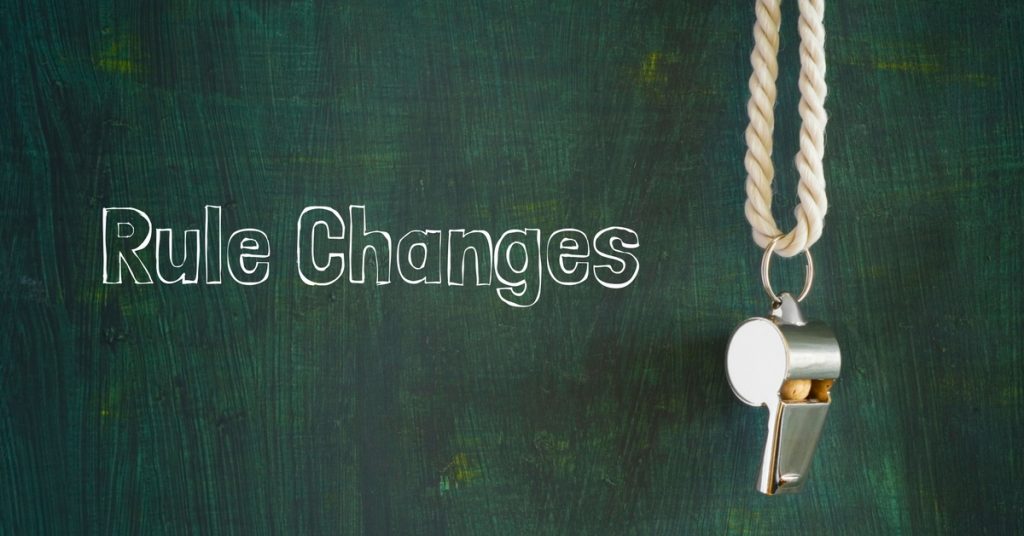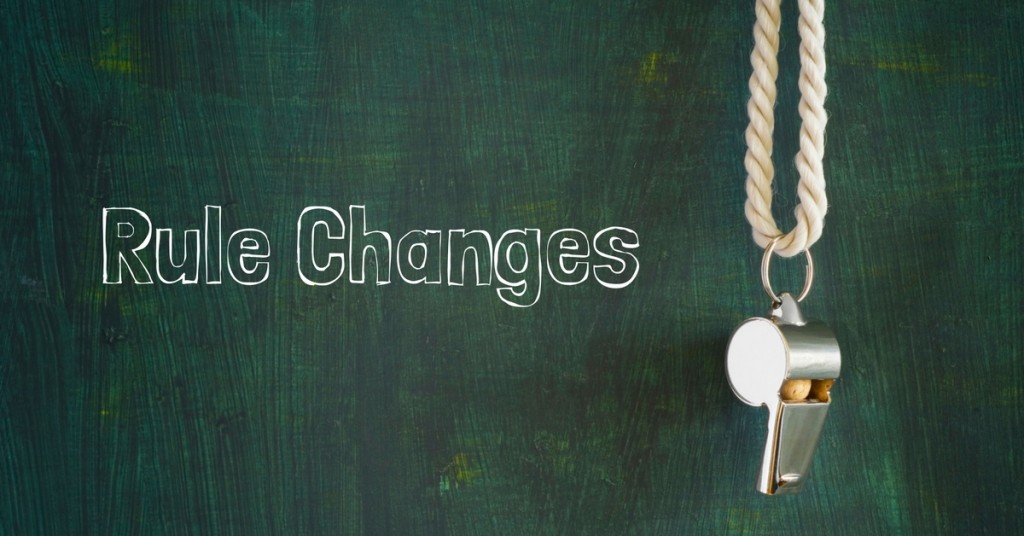Every so often a pro athlete is so good at their sport that even though they play by the rules, the league has to change those rules so it’s fair to the other players.
- In Major League Baseball, 1968 was known as “The Year of the Pitcher.” In the National League, Bob Gibson went 23-9 (including 15 straight) with a record 1.12 ERA along with 268 strikeouts. In fact, pitchers the ERA for the entire National League had an ERA of just 2.99. Batters just didn’t have a chance in the late ’60s. To literally even the playing field, Major League Baseball lowered the pitcher’s mound from 15 inches to 10 inches. Result: In 1969, Gibson’s ERA shot up to 2.18 and he amassed a 20-13 record.
- Have you ever noticed the trapezoid painted on the ice behind each team’s net? Those have only been part of the game since 2005, and it defines the area in which a goalie is allowed to handle the puck, including with their stick. The NHL came up with the rule to limit the above-average abilities of New Jersey Devils goaltender Martin Brodeur. His stickhandling was reportedly far superior to that of most goalies, and so he’d frequently move far away from the net and act as a third defenseman.
- After shooting a free throw in an NBA game, the shooter is not allowed to cross the foul line (where they take the shot) until the ball hits the rim. Why? The NBA made that a rule because of Wilt Chamberlain, and Wilt Chamberlain alone, was so big and so fast that if he missed a free throw (which he did 49 percent of the time) he could leap from the foul line to rebound his own shot and dunk it.
- In the 1990s, NBA coach Don Nelson pioneered a unique defensive strategy: He instructed his players to intentionally foul the other team’s big players who scored often by barreling their way to the net, but who were terrible free throw shooters. The strategy became well known as “Hack-a-Shaq”: teams would intentionally foul Shaquille O’Neal almost any time he got the ball during a close game…and more often than not he missed his free throws. It’s a little unsportsmanlike and adds a lot of time to a game, but it was technically legal. O’Neal is retired now, but the NBA will try to limit “Hack-a-Shaq” in the 2016-17 season. Intentional fouls committed in the last two minutes of any period (or overtime) will earn the fouled player just one shot instead of two…and they get the ball back after.









